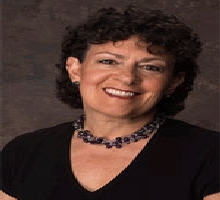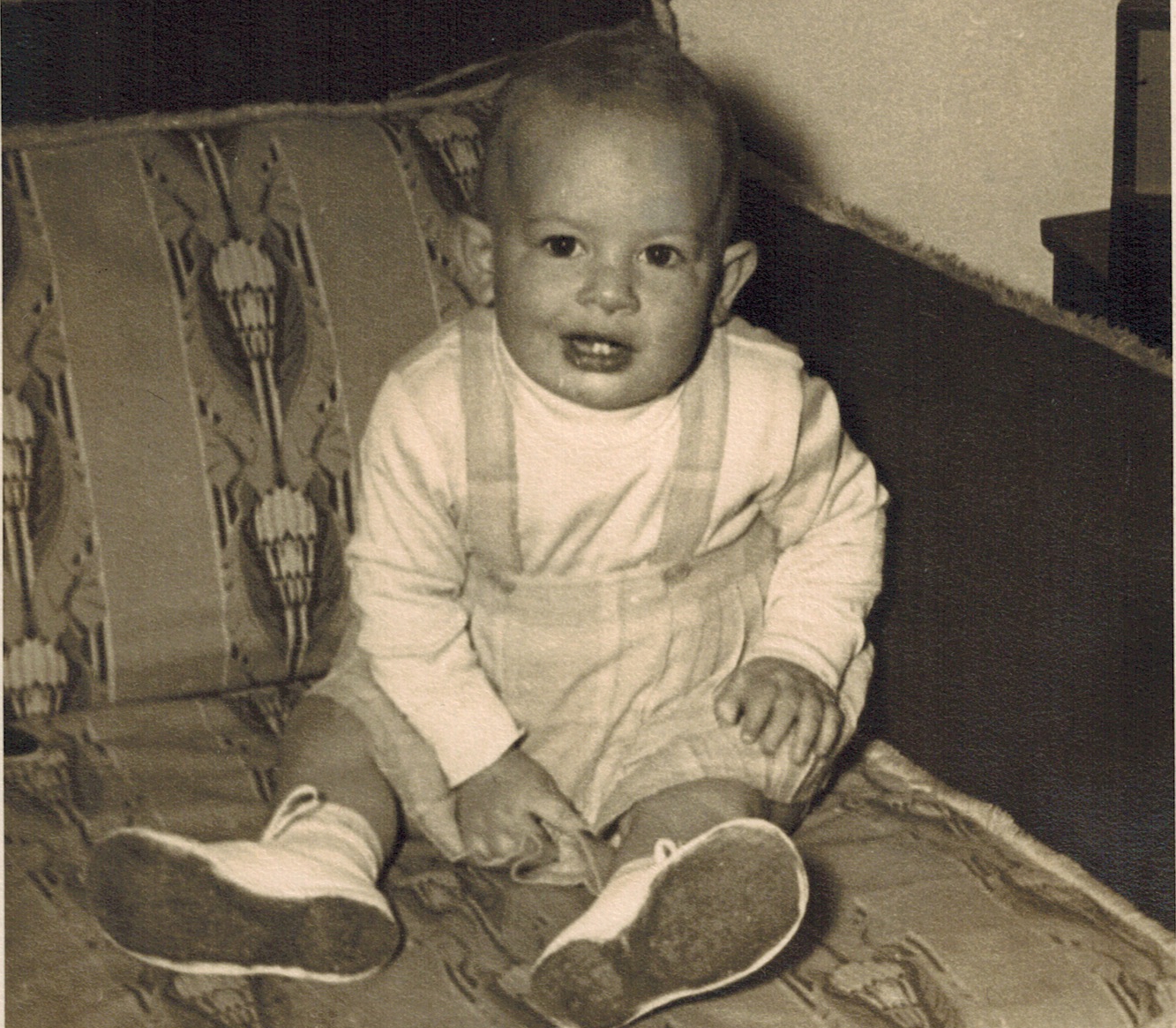



University of Delaware
Dr. Golinkoff studies how children learn their native language. The majority of her career has been spent in widening our view of how children tackle this amazing feat. As part of that research, she has developed several methods to study what children know about language before they can speak. She has also studied how adults talk to children, how children learn words, and how children find the units in the stream of speech that bombards them.Her research efforts have expanded to focus on the benefits of play. Understanding what people consider play to be, why playtime is shrinking for children in our society, and what children learn from play either alone or with a caring adult are all projects underway.She and her colleague Kathy Hirsh-Pasek coined the term “playful learning” to capture how much children learn through play when supported and scaffolded by caring adults. Their recent work has demonstrated how important children’s activity is for their learning. In comparison to didactic instruction in which children are simply offered information, playful learning leads to retention of the material learned over time as well as transfer to new situations.Dr. Golinkoff has inaugurated a new line of research on what children know about geometric forms and spatial assembly. Using tasks like copying designs composed of geometric forms or reproducing block structures, her work has found that spatial skill assessed when children are 3 predicts to their spatial skill as much as two years later. Early spatial skill also predicts to children’s early mathematics skills, probably because mathematics have strong spatial underpinnings.
Talk Title: The square goes here: Links between spatial and mathematical skill in preschoolers.
Date: March 12, 2015
Time: 09:30-10:30